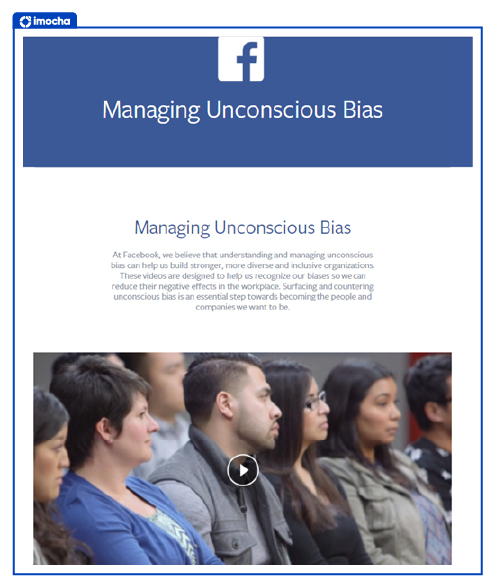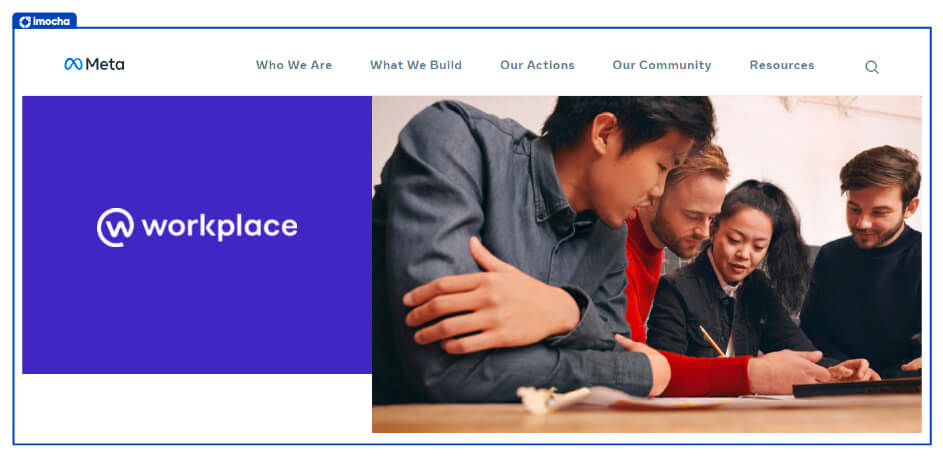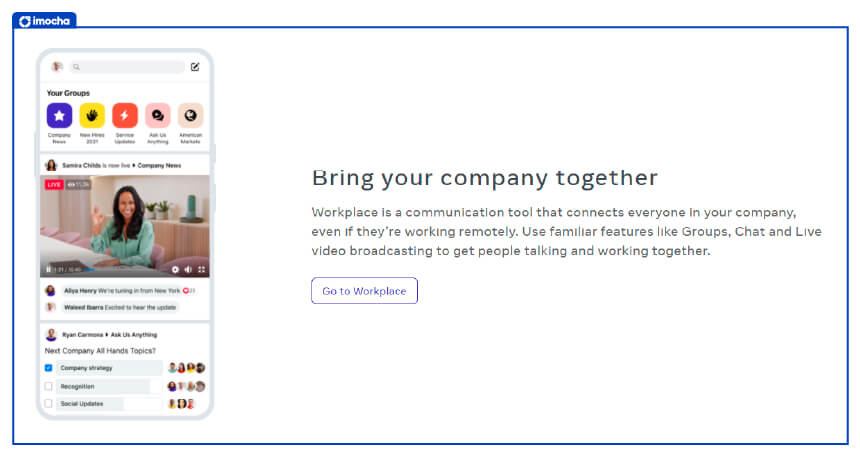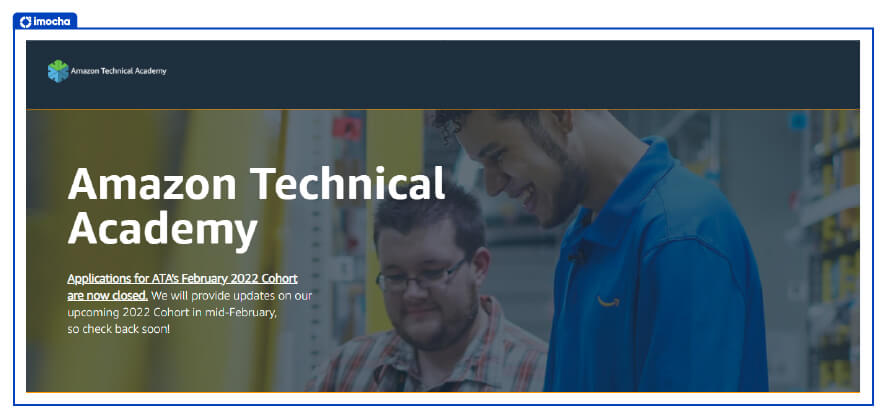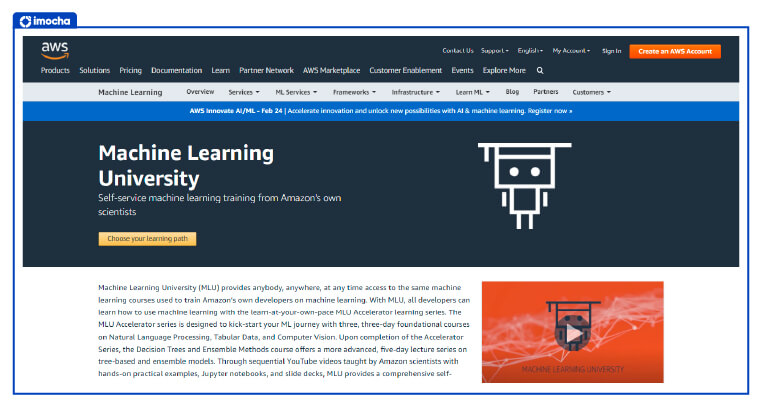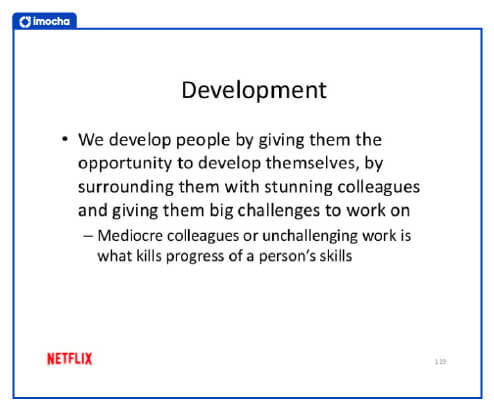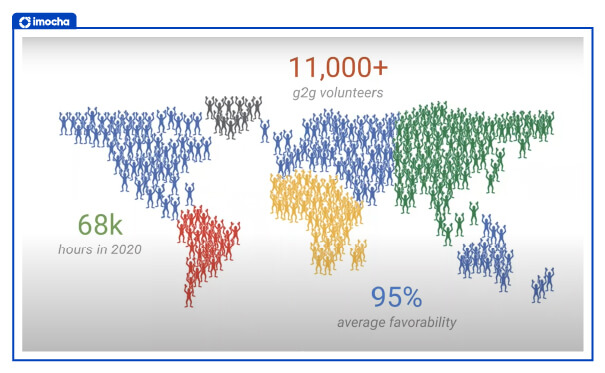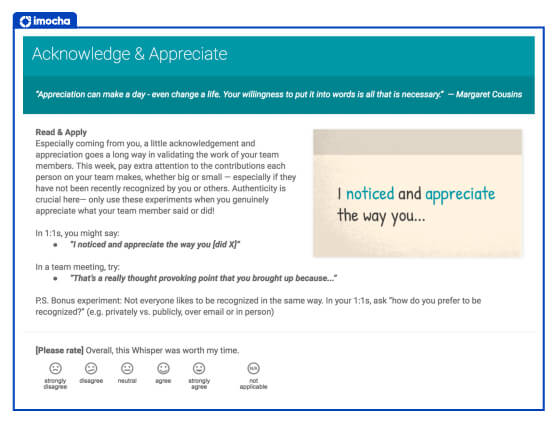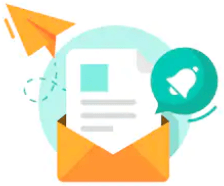Learning and Development Strategies that FAANG Companies Use

In a recent
Gartner survey,
60% of HR executives reported that their CEOs wanted to ensure employees have the skills
needed for the future. When it comes to taking inspiration for killer L&D strategies, the FAANG group
(Facebook, Apple, Amazon, Netflix, and Google) has been a benchmark for high-performing enterprises.
In this section, we will look at some of the most successful L&D strategies embraced by these giants
to revisit their hiring strategies and laser-focus on the underlying skill sets.
A. Facebook:
Facebook's L&D program, "Managing Unconscious Bias,"
is multi-dimensional in approach and strives to offer personalized experiences for individual
learning. The aim of this program is to train employees to acknowledge workplace bias and lower
its negative effects.
Moreover, the brand's signature program, "Bootcamp"
is wildly popular. It is a six-week introduction to Facebook that all engineers must go through.
The program helps them decide how the engineers will contribute to Facebook. Plus, it aids in mentorship,
experimentation, and team building, and provides new hires with access to an internal network as well as
drives unity. Apart from this, the brand has two other L&D-friendly programs:
-
Facebook's Engage Coaching Program: This program pairs new managers with an executive
coach. One-on-one sessions are encouraged where the coach helps new managers develop people
management skills.
-
Facebook's FLiP (Facebook Leadership in Practice): A peer-to-peer program,
the end goal here is for leaders to receive feedback and coaching from peers and
executives. Moreover, people can get access to helpful insights around leadership
best practices, team building exercises, etc.
There are numerous L&D programs that Facebook drives. All employees have to do is enroll
in online communities using
Facebook Workplace
and connect with the desired training:
B. Apple:
Apple's L&D programs encourage employees to self-learn, and these occur in-house,
year-round. The brand leverages full-time academic staff to design and teach courses.
Employees can sign up for customized courses based on their job role and background
on an exclusive internal website.
The brand's "Lead to succeed program" is an excellent example of L&D done right.
The main objective of this program is to help employees understand the core business
values and gauge how these values are aligned with the business strategy. The program
also aims at developing skills that can support future business growth. Over 300 senior
managers have completed the program till date. Employees also get access to a
Steve-Jobs-inspired course, titled "The Best Things" which motivates employees to
surround themselves with the best things, like talented peers and high-quality materials.
C. Amazon:
Amazon's "Pivot" training program, an integral part of the performance improvement plan (PIP)
is an interesting case in point. The program aims at helping employees who are in danger of getting
fired. Subject matter experts—also called Career Ambassadors—provide guidance and support to
underperforming employees. The program provides the following options to employees:
- They improve their performance
- They voluntarily leave Amazon with severance
- They appeal their manager's decision to place them in Pivot
The brand's HR managers claim that "Pivot is the company's way of coaching and enforcing
changes in behavior, a 'necessity' that ensures better work performance."
Other interesting L&D programs by the brand include:
-
Amazon Technical Academy,
which equips employees to learn the skills required to transition into software engineering.
The program leverages project-based learning to ensure trainees understand how they'll apply
these skills in practice.
The AWS re/Start program offers a free, full-time, 12-week skills development program
that prepares individuals with little or no technology experience to pursue entry-level cloud
computing positions and industry-recognized AWS Certification.
-
Machine Learning University (MLU)
provides anybody, anywhere, at any time access to the same machine learning courses used to train
Amazon's own developers on machine learning. This program comprises a six-week module, which only
requires a half/full day of participation each week. During this time, the Machine Learning
scientists help learners to develop the skills needed to progress.
D. Netflix:
Not a lot is publicly known about Netflix's L&D program. However, in 2009, the brand
shared a 126-slide presentation titled Netflix Culture: Freedom & Responsibility.
The key takeaways from the presentation include:
-
"You demonstrate consistently strong performance so colleagues can rely upon
you."
- "You learn rapidly and eagerly."
- "Avoid top-down decision making."
- "We support self-improvement."
To encourage new hires to settle in easily, the brand drives a collaborative style of
learning and allows new starters to meet senior management, CEO Reed Hastings, and a dedicated
mentor from the very beginning.
E. Google:
At Google,
80% of all tracked training
is run through an employee-to-employee network called "g2g"
(Googler-to-Googler). This volunteer teaching network comprises 6,000+ Google employees who help
their peers learn and grow by teaching courses, providing 1:1 mentoring, and designing learning
materials. The end goal is to offer first-hand knowledge across fields, from employees to employees.
This program is extremely successful as it:
-
Promotes a culture that values learning, knowledge-sharing, and curiosity—which leads
to better business outcomes according to
research.
- Positions the organization for future needed skill shifts.
- Primes employees to think and act more like owners when it comes to their own development needs.
There are three strategies that Google uses to make this program successful:
One, it is driven by strong leadership sponsorship. Two, the brand effectively reinforces learning as one of its core values at every stage of employee development. Three, it reinforces and ensures that learning is a part of every employee's repertoire from day one.




